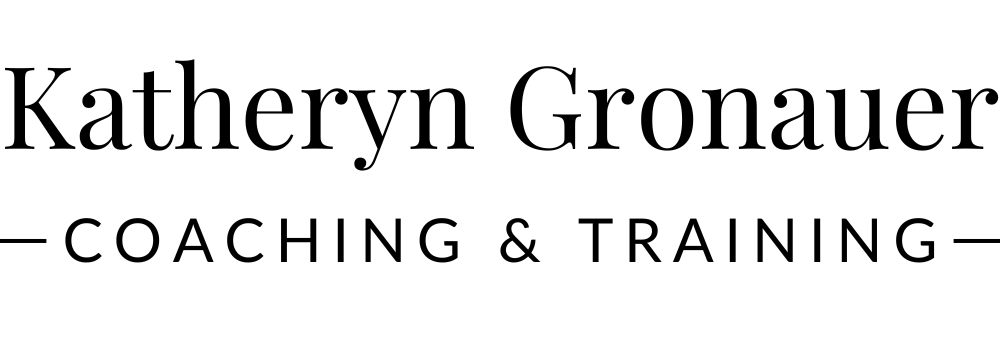Case Study: Mia is struggling to sleep
Here’s the latest “What Would You Do” Wednesday Dilemma:
Mia has been swamped with work and struggling to sleep. She finds it hard to shut her brain off at night.
When examining her daily routine, she notes that sometimes she'll wait to finish work around 11pm after her family has gone to sleep when it's quiet. Even though avoiding work that late at night may help her relax better, she's not sure when else to fit in getting that work done.
Mia is struggling between trying to meet all of the demands without compromising her own health. What should she do?
Here’s what Mia decided (and how, through coaching)
Mia realized through coaching that what she really needs is boundaries at work.
How’d she come to that conclusion?!
Sometimes what we think is the problem isn’t really the problem. Mia thinks that she needs a strategy for getting better quality sleep, but the root of the issue is around her workload.
Coaching Goal #1: Ask for clarification about the root cause
Even though Mia is talking about her sleep troubles, she has also mentioned that she has so much work on her plate that she’s been working beyond 11pm. What we don’t know at this stage is how much control she has over her workload; is she an efficient person who is simply handling too much, or is the way she’s approaching her workload causing her to be working longer than necessary?
An insight that Mia had is that she is quick to say “yes” to requests - before she knows it, she has overcommitted herself to tasks that she didn’t really allot time for.
Coaching Goal #2: Help her go deeper into why she is quick to say “yes”
Mia works in a supportive role so she feels it’s her duty to take on burdens that others want to outsource to her.
She also has a fear of being disliked for saying “no”, and can’t figure out how to better manage her workload while still being a likable person.
Coaching Goal #3: Invite Mia to consider the topic of boundaries
At this point, from a coaching perspective, we can see that Mia is having trouble setting and maintaining boundaries.
Usually, people think of boundaries as some kind of divider or wall between you and others, but I don’t necessarily see it this way. I see boundaries as a clear decision or plan you have for your time as well as communication that protects that plan while also negotiating with the other person how to solve a challenge together.
What Mia realized is that she doesn’t take time to assess how much time a request will require and therefore she doesn’t communicate her needs according to her reality.
Coaching Goal #4: Find actionable steps that Mia can take to protect her time
Mia came up with some action steps that are super simple yet super impactful:
Before saying an automatic “yes” to a new request, she will respond with “I’m happy to help with that, let me first check my schedule and get back to you.” This enables her a bit of time to assess when she can action the request.
Then, she’ll either ask for a deadline or offer a timeline. Examples: “Do you have a deadline for this?”, or, “I can get this finished by next Wednesday, does that work for you?” This way, Mia isn’t taking on a request and feeling like it urgently needs to be finished; she has clarity around when things need to get done so she can organize her priorities
The results of Mia’s actions were crazy impactful: She wound up freeing up 2 hours of time every day that she now spends playing with her son and getting to bed at the time she wants to. Her quality of sleep improved naturally as a result!
What about you?
If you were to re-read this dilemma again with coaching questions in mind, would you still take the same path you originally thought?
It’s interesting to see what people decide, isn’t it? Every person is different, so even the same coaching sequence can lead to a different result - as long as the participant feels they are moving forward in alignment with their needs, it’s a win!


